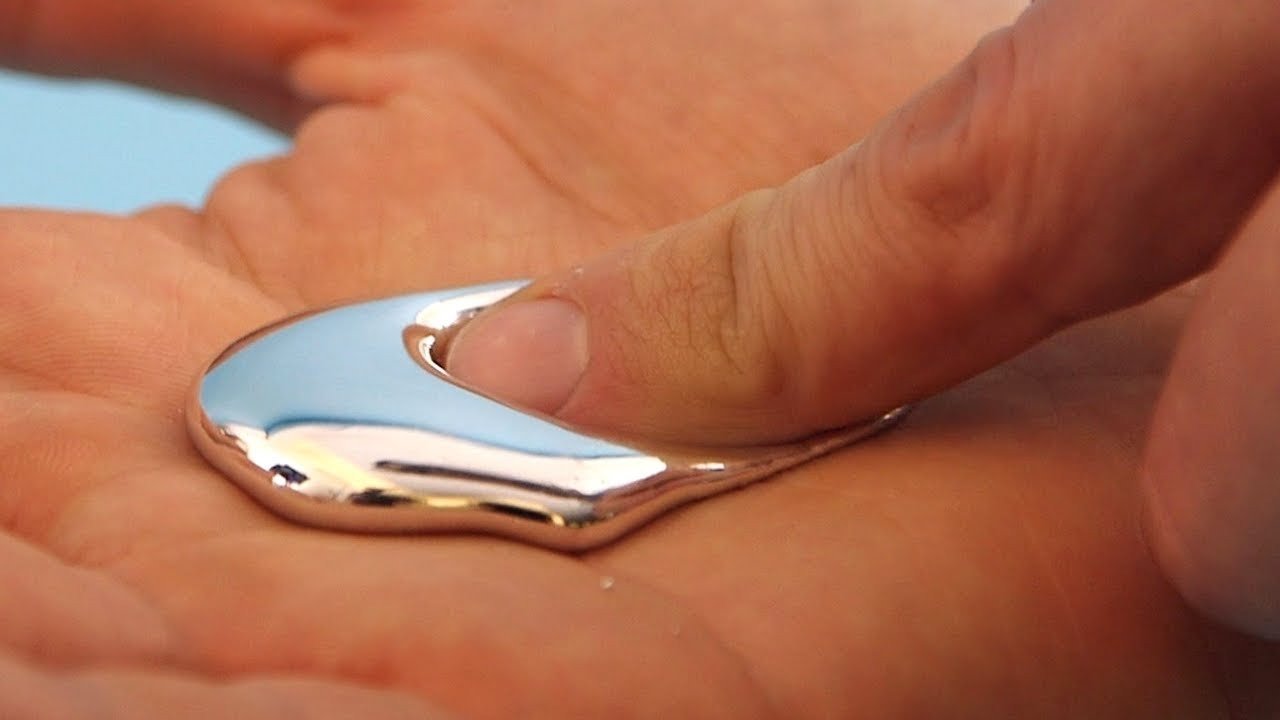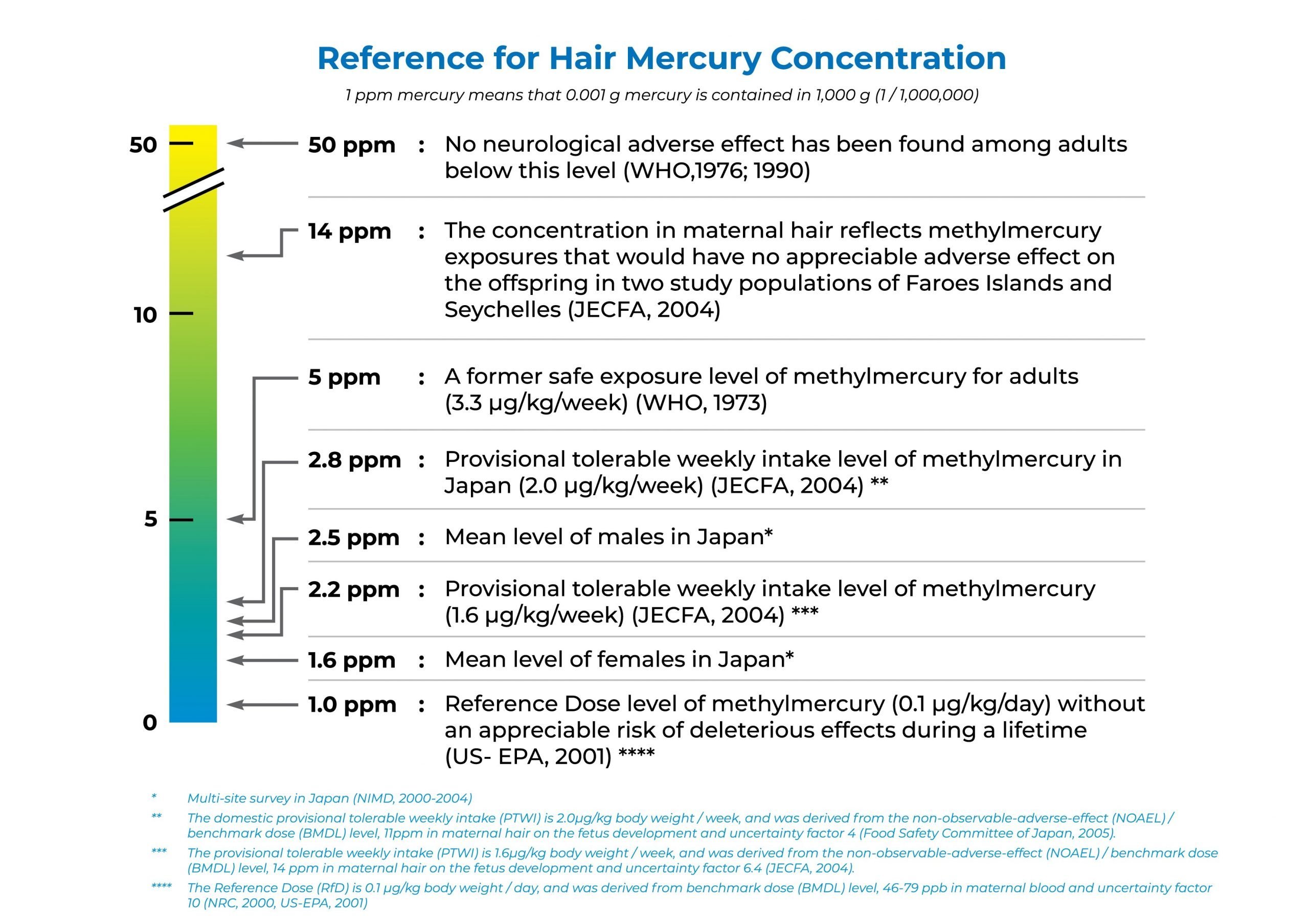Resources
History of Mercury Poisoning in Japan – The Minamata Disease

Introduction
Mercury poisoning is also known as Minamata disease.
It is named after the location where the outbreak happened, Minamata city, which is in Kumamoto Prefecture on Kyushu island in the southern part of Japan.
Minamata was a small farming and fishing village in the Shiranui sea with abundant resources of seafood where locals lived contently until the mercury poisoning outbreak, which cost thousands of lives (Minamata Disease Municipal Museum, n.d.).
Minamata Disease & Its Symptoms
Minamata disease is a neurological syndrome caused by the consumption of seafood which was heavily polluted by methylmercury discharged into the Minamata bay. It causes irreversible damage to the nervous system leading to neurological symptoms in the locals.
The manifested symptoms observed in patients varied, depending on the level of exposure. Symptoms include ataxia, dysarthria, hearing impairment, and convulsions are the few severe symptoms observed. Mild conditions such as cramps, strange emotional behavior, memory loss, narrowing field of vision, and others were observed in victims too (Hachiya, 2006).
In some extreme cases, victims were observed to have gone through insanity, paralysis, coma, and even death within weeks of the onset of symptoms. Some of the victims did not have the chance for any last words due to the inability to talk (Hachiya, 2006).
Mysterious & Strange Disease
Before it was officially recognized by the national government, the disease was thought to be a mysterious or strange disease as no one understood what the cause of death was.
On 21 April 1956, a five-year-old girl was admitted and exhibited strange symptoms like the inability to talk and walk, along with a few other children, including her sister. The disease was, at first, thought of as an infectious disease and thus, stereotype against people who exhibit the symptoms of the strange disease developed (Minamata Disease Municipal Museum, n.d.).
By 1956, there were 45 similar cases reported from three years back. Other unusual phenomena were observed, such as dead fishes floating at the Minamata bay, cats were reported to behave strangely, and seaweed began to die.
The unusual happenings particularly made the entire condition utterly morbid and scary.
How can MERCURY enter the human body?
Among mercury species, methylmercury (MeHg) and metallic mercury vapor easily enter the human body from the intestinal tract and lung, respectively. MeHg binds to cysteine (a kind of amino acid) to form a complex whose structure is similar to methionine, an essential amino acid, and then incorporated into tissue including brain and fetus via an amino acid transporter. Dental amalgams are thought to produce metallic mercury mercury vapor, but the body burden of the metallic mercury generated from the amalgams may be relatively low.

Sources: Image and information are provided by the National Institute for Minamata Disease (NIMD), Japan.
“Prepared by modifying “Mercury and Health” (National Research Center for Minamata Disease). (http://nimd.env.go.jp/english/kenkyu/docs/Mercury_and_health.pdf.)”
Investigation of Minamata Disease
There were a few main investigations of Minamata disease conducted throughout the incident
Investigation by Local Hospital Chief Physician
This was carried out by Hosokawa, who was a chief physician in the local hospital. His findings suggested the incident was related to the consumption of food from Minamata Bay. This useful finding was suppressed.
Investigation by Kumamoto University
Investigation by a team of researchers from Kumamoto University School of Medicine led to the understanding that the incident was largely related to the food consumption from Minamata. The symptoms observed coincide with the Hunter and Rusell6 documentation. This was further proven consistent via experiments done where the animals were fed with food from Minamata Bay and exhibited the same neurological disorder symptoms (Eto et al., 2010).
A Manufacturer of Chemical Fertilizer – The Cause of Minamata Disease
Several investigations by a few parties concluded that the incident was caused by mercury sulfate discharged by a manufacturer of chemical fertilizer.
With the growing trend of Japan’s chemical industry, this company ventured into the production plant of acetyl aldehyde and other chemicals. The process used mercury sulfate as the catalyst, which was discharged directly to the Hyakken district as a by-product. Through complex biotransformation and bioaccumulation processes, a large amount of methylmercury sulfate was detected in fishes, shellfishes, and sludge from Minamata bay. This is because methylmercury is lipid-soluble and thus, can bioaccumulate in the gills and intestinal tracts (Hachiya, 2006).
As it goes up the food chain, big fishes more dangerous levels of mercury, causing severe pollution to the ecosystem, including the staple diet of Minamata locals – seafood.
Fetal Minamata Disease (Congenital Minamata Disease)
Infants and children are especially susceptible to mercury poisoning. There were autopsy reports of two young girl patients in 1961 and 1962, which were concluded as fetal cases of Minamata disease (Hachiya, 2006).
Methylmercury is highly lipid-soluble and tends to combine with cysteine, forming a strong cysteine-methylmercury complex, which is structurally similar to an essential amino acid, methionine. Thus, it can enter the placenta, leaving irreversible damages to the fetus.
In 1968, the national government of Japan announced its official opinion that the cause of “Minamata disease is a disease of the central nervous system caused by eating fish and shellfish from Minamata Bay. The cause of intoxication is a methyl mercury compound found in the shellfish, as well as in the sludge of the Chisso Minamata factory. However, at the present stage, the structures of the two chemicals are slightly different” (Minamata Disease Municipal Museum, n.d.)
Sources: Image and information are provided by the National Institute for Minamata Disease (NIMD), Japan.
“Prepared by modifying “Mercury and Health” (National Research Center for Minamata Disease). (http://nimd.env.go.jp/english/kenkyu/docs/Mercury_and_health.pdf.)”
References:
1. Ministry of Environment, Japan. (n.d.). Minamata Disease The History and Measures – Chapter 4 [MOE]. Https://Www.Env.Go.Jp/. Retrieved March 11, 2021, from https://www.env.go.jp/en/chemi/hs/minamata2002/ch4.html (Ministry of Environment, Japan, n.d.)
2. Yokoyama, H. (2018). Lecture on Methylmercury Poisoning in Minamata (MPM). Mercury Pollution in Minamata, 5–51. https://doi.org/10.1007/978-981-10-7392-2_2. https://link.springer.com/chapter/10.1007/978-981-10-7392-2_2 (Yokoyama, 2018, p. 33)
3. Hachiya, Noriyuki. (2006). The history and the present of Minamata disease – Entering the second half a century. Japan Medical Association Journal. 49. 112-118. https://www.med.or.jp/english/pdf/2006_03/112_118.pdf (Hachiya, 2006).
4. Minamata Disease Municipal Museum. (n.d.). 水俣病資料館. Retrieved March 11, 2021, from https://minamata195651.jp/pdf/kyoukun_en/kyoukun_eng04.pdf
5. Eto, K., Marumoto, M., & Takeya, M. (2010). The pathology of methylmercury poisoning (Minamata disease). Neuropathology, no. https://doi.org/10.1111/j.1440-1789.2010.01119.xhttps://doi.org/10.1111/j.1440-1789.2010.01119.x
6. HUNTER, D., & RUSSELL, D. S. (1954). Focal cerebellar and cerebellar atrophy in a human subject due to organic mercury compounds. Journal of neurology, neurosurgery, and psychiatry, 17(4), 235–241. https://doi.org/10.1136/jnnp.17.4.235
7. National Institute for Minamata Disease. (n.d.). National Institute for Minamata Disease. Retrieved June 2, 2021, from http://nimd.env.go.jp/english/index.html
Disclaimer: Above information does not interpret or replace the original text of Minamata Disease history. Please refer to the official website of the National Institute of Minamata Disease and Minamata Disease Municipal Museum for complete information.


